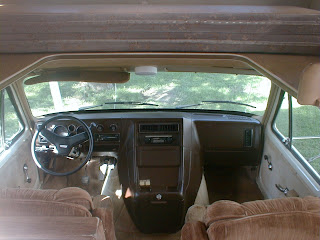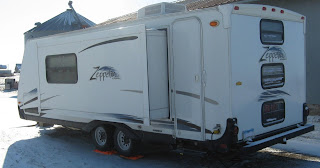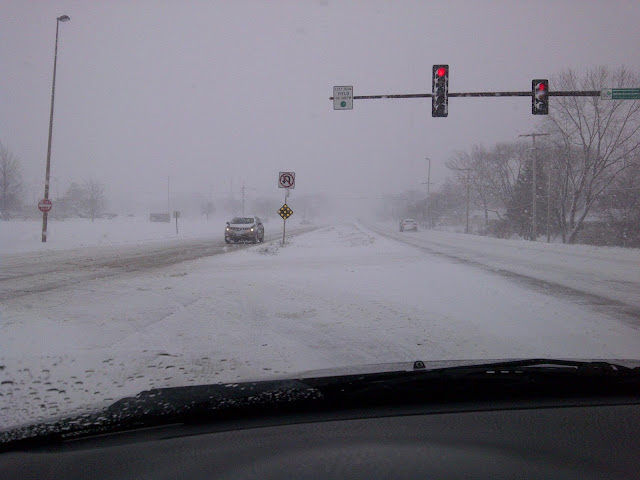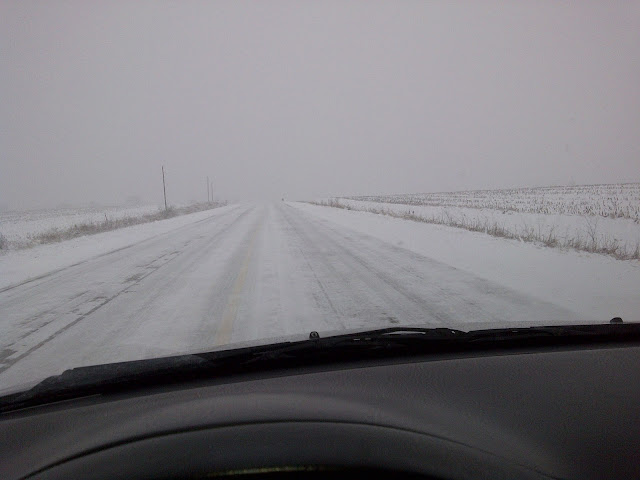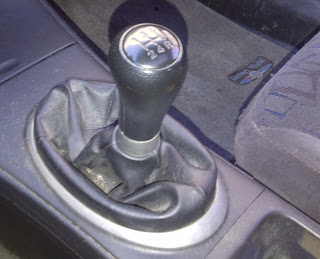Selling a car: What to Do?
What to do to sell a car? There are free resources available
on-line to help you sell your car quickly.
You will need to prepare the car to sell, set the right price for the
car, advertise the car for sale, respond to questions from potential buyers,
and close the deal. You will need to
accept payment from the buyer, sign the title of the vehicle over to the buyer,
and write up a bill of sale. These
steps explain what to do when selling a car.
 |
What to do to sell your car
Image source: Dr. Penny Pincher |
Step 1. Prepare the Car to Sell
You will get the best price for your car and sell it more quickly if you prepare the vehicle before trying to sell it. Simply washing the car and vacuuming and wiping down the interior will make your car more attractive to buyers. Use Armor All or other conditioner on the dashboard to make it look new again. Use glass cleaner to wash the inside of the windows and polish the instrument panel.
Buyers may be scared away if they think that your car has mechanical problems or has not been properly maintained. Get an oil change and make sure the service sticker is applied so that buyers can see that has up-to-date maintenance. If your car has scratches or chips in the paint, get matching touch-up paint at an auto parts store. You can get a small bottle of car paint that includes a brush built-in to the cap for under $10.
Perform any minor repairs such as replacing burned out light bulbs or headlights. You may not have been bothered by this sort of minor issue, but buyers will see this a sign that the car has not been maintained and may have bigger problems. Also make sure the check engine light is not on. Sometimes a minor issue, such as a low fluid level or broken or missing gas cap can cause this light to come on. If the car does need expensive repairs that you are not planning to have done- get an estimate for the repair. You can use this in negotiation with a potential buyer.
- Wash exterior
- Vacuum carpets
- Wipe down dash board with Armor All
- Wash inside of windows with glass cleaner
- Polish instrument panel with glass cleaner
- Get an oil change with service sticker
- Touch-up paint on any scratches or exposed metal
- Minor repairs such as replacing burned out light bulbs
- Get service done so check engine light is not on (if possible)
Step 2. Set the Price for your Car
If you set your asking price too high, it will take a very long time to sell your car. If buyers think your price is too high, they will often not even look at your vehicle. How do you find out the right price for your used car? You will need to look at book value prices.
Kelly Blue Book (KBB) and
NADA book value are two of the most widely used sources of used car pricing information. You can also check to see what prices are like for similar vehicles on sites like
craigslist and
autotrader.
You will need to enter the year, make, and model of your car. The make is the vehicle manufacturer such as "Ford" or "Toyota". The model is the model name of your car such as "Fusion" or "Tundra". You may also be asked for the vehicle style such as coupe (two door car), sedan (four door vehicle), hatchback (four doors, plus rear hatch), etc. Another question will be the "trim level". This is often described using letters that follow the model name such as "EX" or "XLT". These letters may indicate which options package was installed when the vehicle was purchased as a new vehicle.
The value of your vehicle depends a lot on the mileage and on its condition. You can match descriptions of vehicle condition to the actual condition of your vehicle. Many people overestimate the condition of their vehicle and set the price too high. Another mistake that sellers make is to assume that a buyer will really like their car and be willing to pay a little more. The fact is that there are lots of cars for sale, and that serious buyers know how to check the book value of vehicles. You could get lucky and find a buyer that will pay more than book price, but the most likely outcome is that it will take a long time to sell you car if your price is too high.
However, it is usually not a good idea set the price at the lowest amount that you would accept. A good starting price is a little bit higher than the minimum price that your would accept. This leaves you some room for negotiating with the seller. Most sellers will not offer your asking price. Sellers will expect you to come down in price a bit during negotiation. They may point out minor issues and then reduce the price accordingly. If you build a little margin into your asking price, you will be in a position to negotiate and close the deal.
Step 3. Advertise Your Car to Buyers
Now you have your car polished up and looking good. You have picked out a fair price that leaves you a little room to negotiate to close the deal. Now it's time to find a buyer.
There are several on-line sites where you can list a vehicle for sale. You will want to post pictures, a description, and your asking price. Include the year, make, model, mileage, and asking price. Include your contact information for both day and evening hours. Take the pictures of your car in good daytime lighting including interior and exterior. Here are some options for listing your car for sale:
- Craigslist is a great place to list a car for sale. It's free and simple to do yourself.
- Autotrader costs $25 for a 3 week listing
- Newspaper classified ads cost varies with the size of the newspaper and includes print and on-line advertisement
- eBay motors is another possibility, but this may not be the best way to reach local buyers.
Your car can also be used as an advertisement. Place a "For Sale" sign with your phone number in the car. If possible, park it in a busy parking lot where lots of people will see it. You can get a windshield marker to write on the windshield as well.
 |
This car is a moving advertisement
Image source: Dr. Penny Pincher |
Step 4. Field Inquiries from Buyers
Buyers will ask questions to get a sense of both the car and of you, the seller. Some common questions include:
How often did you change the oil?
Buyers ask this to size up how will you took car of the car and how likely it is that there is something wrong with it.
Is there anything wrong with the car?
Buyers are rightly concerned that a used car may have hidden issues that will be expensive to repair.
Why are you selling the car?
Buyers ask this to try to find out if there is something wrong with the car, for example you just found out that the transmission is bad so you're selling it rather than repairing it...
Is the price negotiable?
I think that saying the price is firm tends to turn buyers off. If the buyer thinks that there is at least a chance of getting a bargain, they are much more likely to look at the vehicle. If they look at it, they might buy it. A good way to answer this question is that you set the price below book value but you would be willing to consider a reasonable offer.
When can I see the car? Can I take the car for a test drive?
Now you're getting somewhere! Make it as convenient as possible for the buyer to see your car. It is a good idea to ask to see a drivers license before you let someone drive your car. You'll have to decide if you want to ride with strangers on a test drive or not.
Step 5. Sell the Car
The moment of truth has arrived. A buyer makes an offer to buy your car. The offer is little lower than you had hoped for, but it is exciting to get an offer. You make a counter offer that is a couple hundred dollars higher. The buyer accepts. What to do now?
Accept Payment for the Car
In order to complete the deal, you will need to accept payment for the vehicle. The best form of payment is a cashier's check from a local bank. The buyer can obtain one at his/her bank. This is a bit of a hassle for the buyer, but do you want to risk taking a personal check? If you sign the vehicle title over to the buyer and the check doesn't go through... what a mess. A local cashier's check will ensure that there will be no problem with the payment. Cash also works well.
Write a Bill of Sale
You can hand write a bill of sale, or type one up. This is simply a statement that the buyer is purchasing your car (include year, make, and model of vehicle with the number of miles on the odometer) for the purchase price. Make a copy for you and one for the buyer. Both the buyer and seller sign both copies. This will eliminate any potential misunderstandings later.
Sign the Title of the Vehicle over to the Seller
The back of the title to the car has instructions for transfer of ownership. Read carefully and make sure you are comfortable that you have received payment before signing over the title.
Remove the License Plates
The buyer will need to register the vehicle and get license plates. You can turn in the old plates and get a refund for any vehicle registration fee that has been paid. If the buyer is stopped and asked about the missing license plates, the bill of sale will provide an explanation. Also remember to call your auto insurance company and terminate your coverage on the vehicle you sold.





